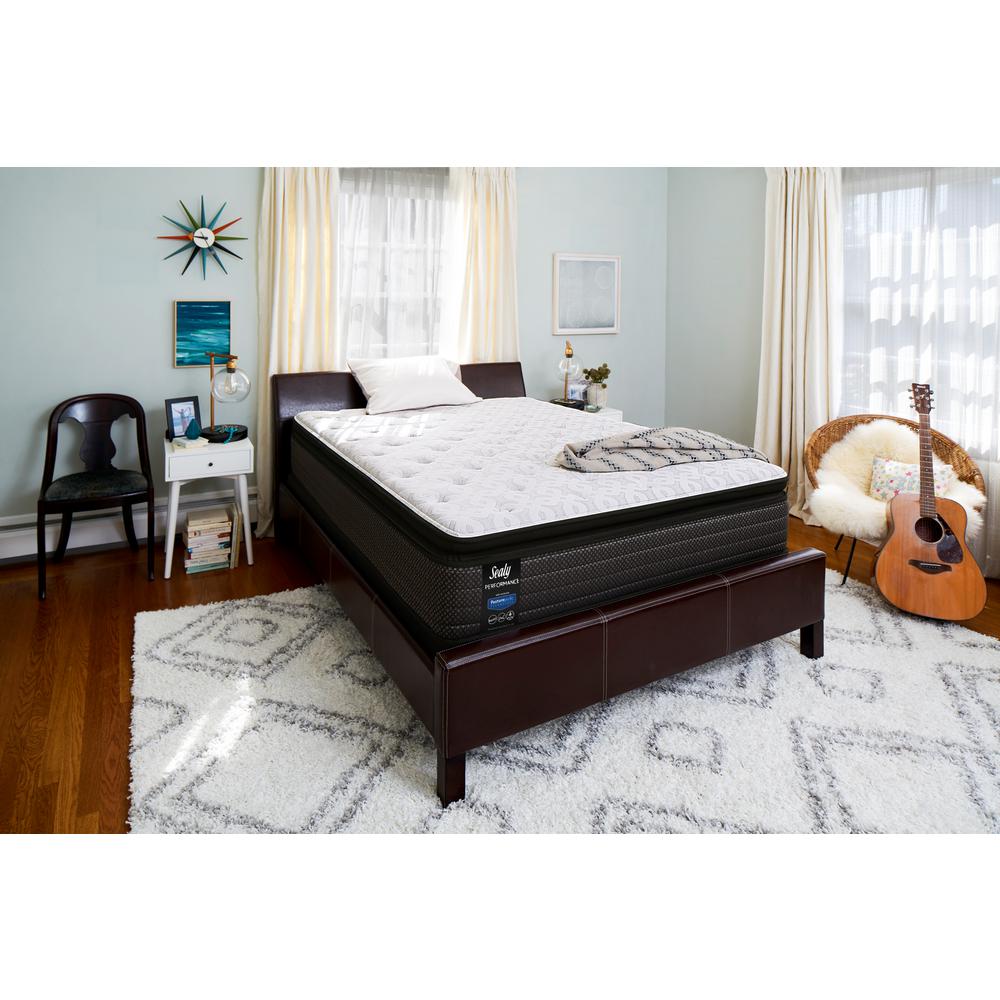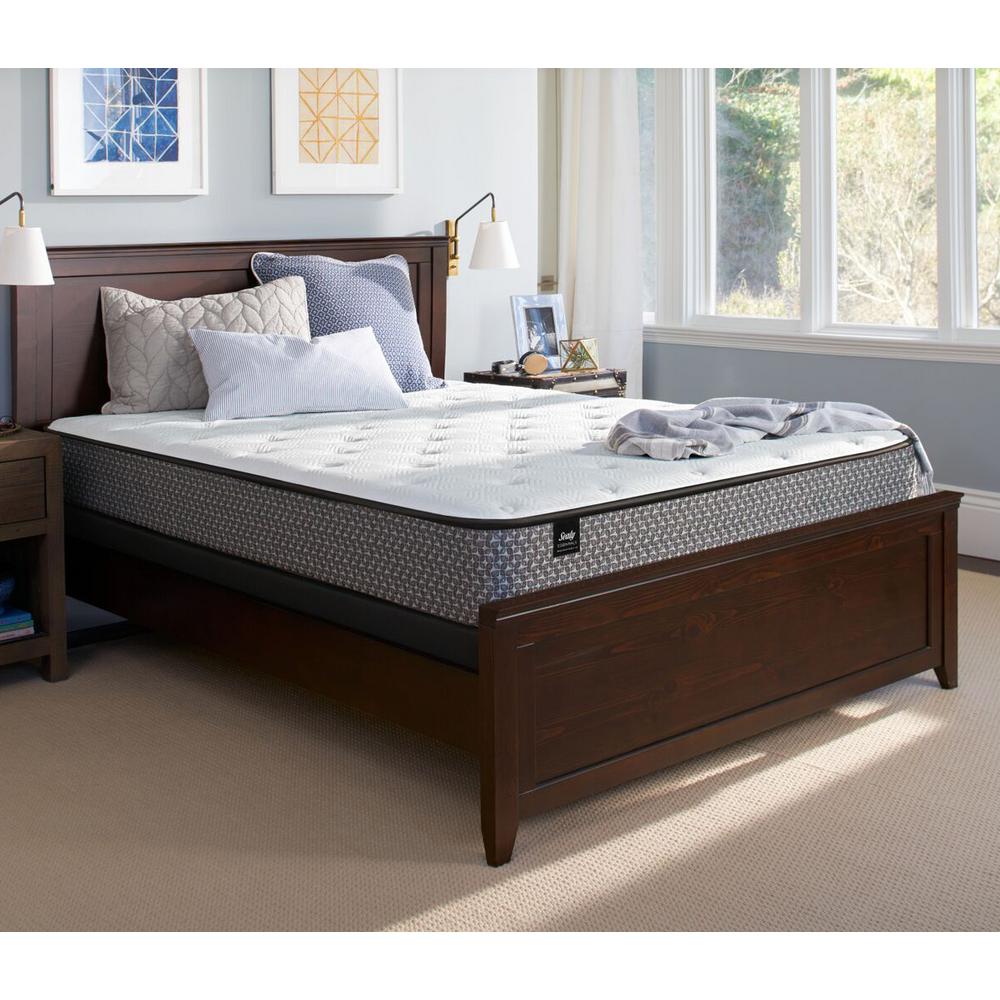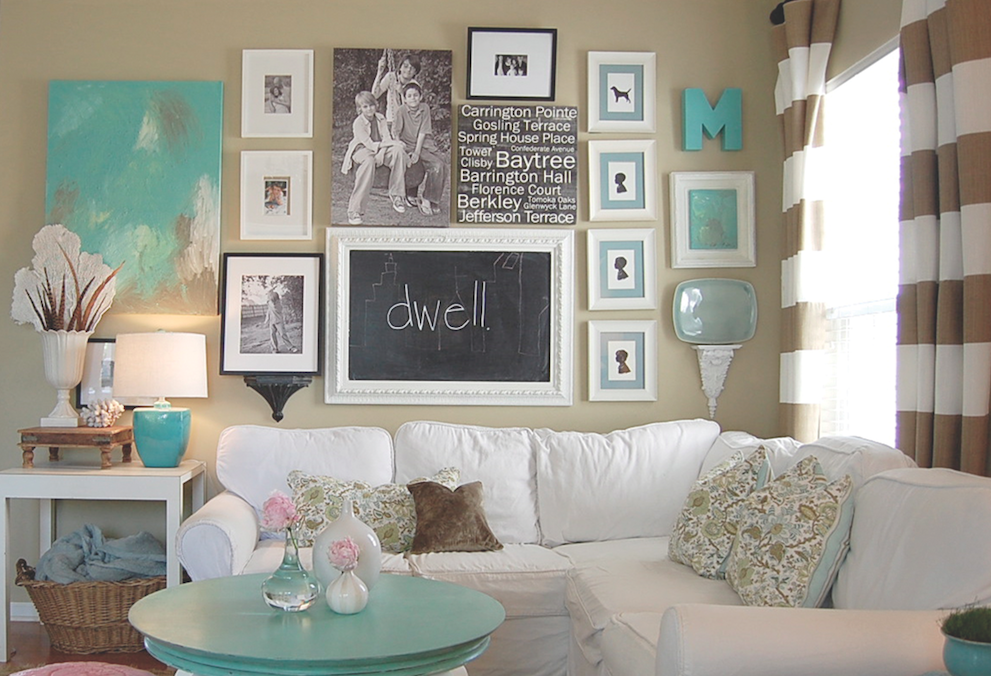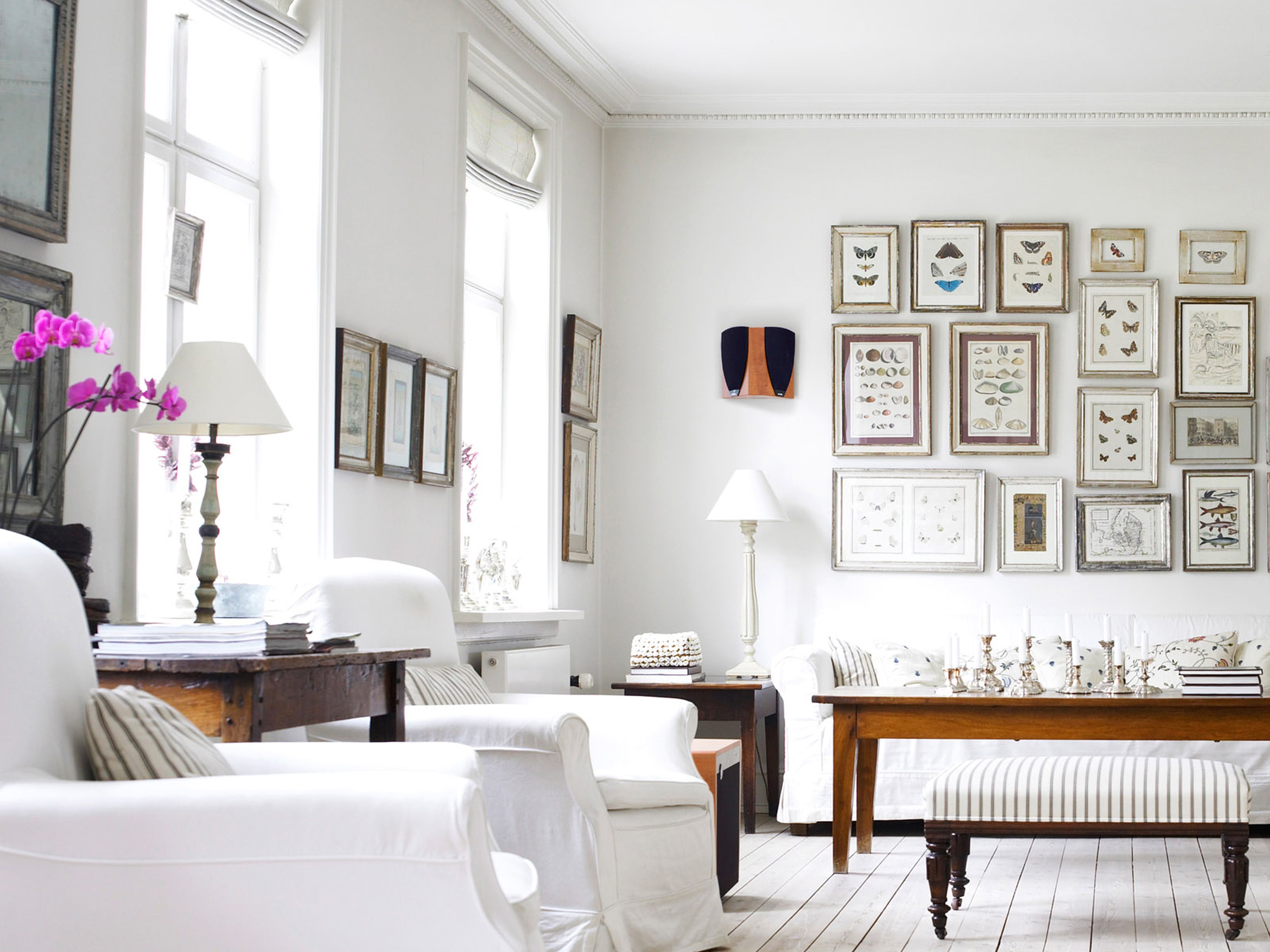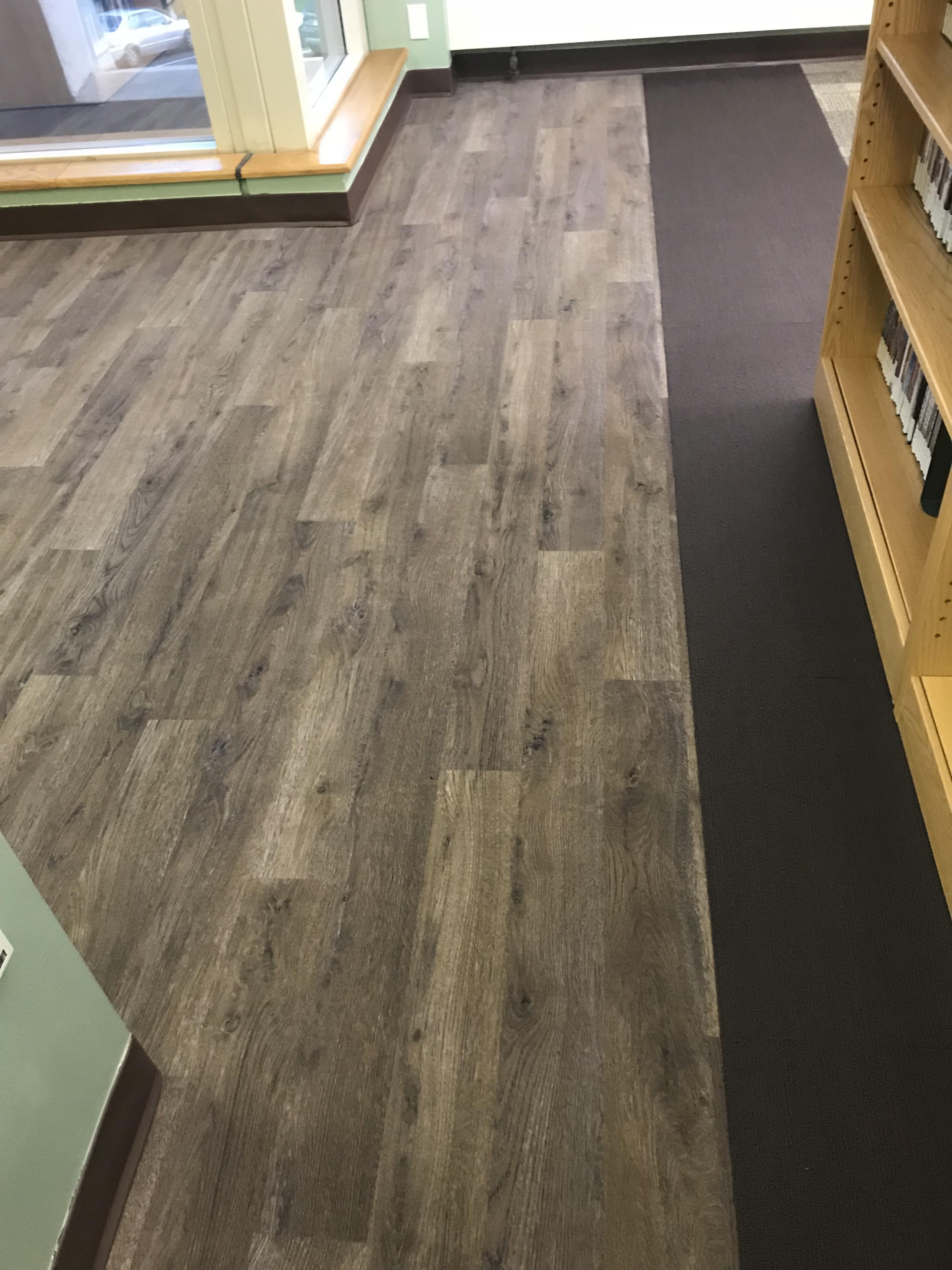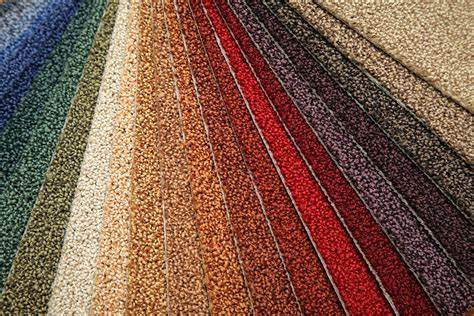Why Car Vacuum Cleaners Are A Great Choice
Cleaning the inside of your car can be a challenging task indeed. You will often find that dust and dirt from the outside can find its way into all those nooks and crannies which are hard to get to. This is why traditional vacuum cleaners, with all their cords and attachments, can be problematic when trying to clean the interior. Often you will find that the cord won’t allow you to reach the car from the nearest electrical outlet. All these problems however, can be solved by a car vacuum cleaner.
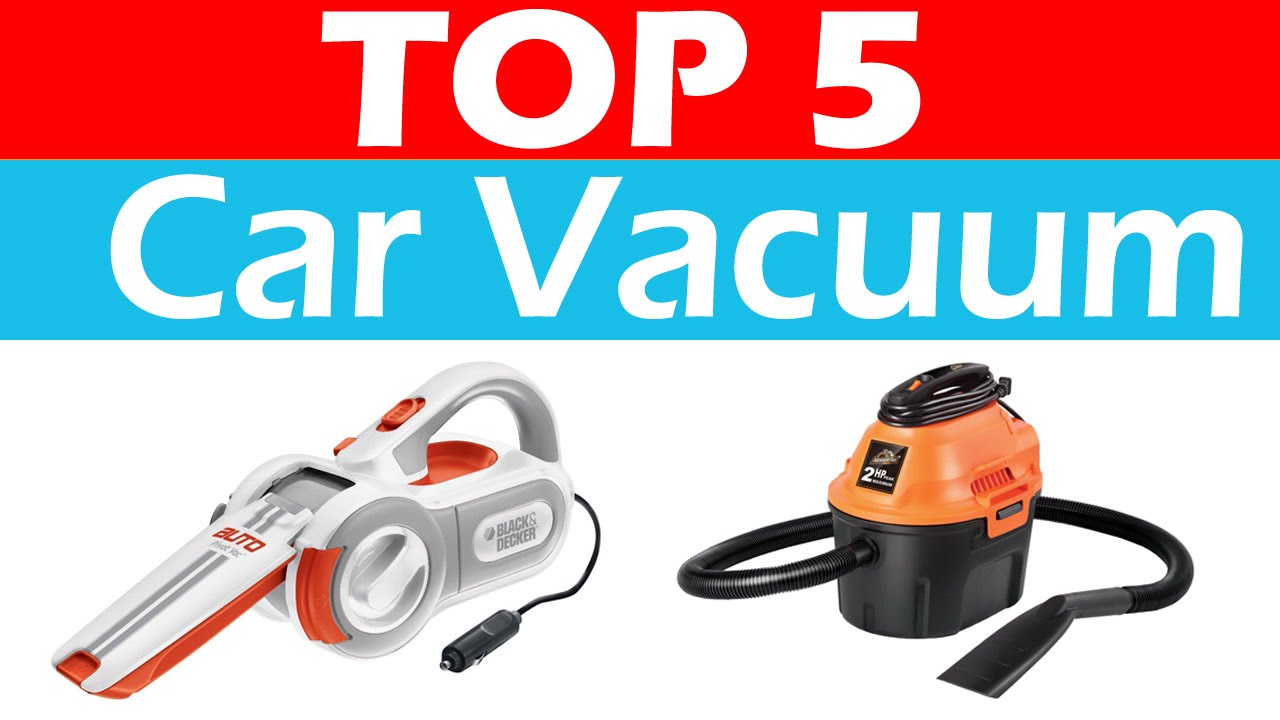
Typically, these car vacuums are handheld and run on batteries. This negates the need for an electrical cord restricting how far you can reach with the vacuum and their smaller size enables you to operate inside the car more effectively. While they are effective in cleaning you car, they are also a great tool to help you clean up those small messes that can occur around your home and without needing to pull out the bulker traditional vacuum.
Since they are handheld and much smaller than traditional vacuum cleaners, car vacuums make it a breeze to clean all that dirt from inside the car. There is no need now to struggle finding a suitable electrical outlet to plug the cord into, find all the required attachments, carry it from inside the house and then try to get inside all those gaps that contain the dirt.
You could always visit a car wash and have someone pay to clean the inside. Yet this can become expensive over the long term and can take a lot of time from you day especially if the car wash is located far away.
Car vacuum cleaners however, are light enough to carry from the house and are small enough but powerful enough to reach inside to suck the dirt from the gaps inside your car. No longer do you need to mess around with tangled cords, difficult attachments or locating an electrical outlet. Just carry it out and off you go. And offcourse, they aren’t restricted to cleaning your car. All those smaller messes inside your home or office are now a breeze to vacuum up – this is especially useful if you have small children around.
I should mention some of the downsides of car vacuums. Because of their smaller size they have less suction power than larger vacuums – however, this is becoming less of an issue as car vacuum technology evolves. When looking for a new car vacuum you will need to take this into consideration. For example, if you want the vacuum to clean up the hair from a dog that travels inside the car then you will need to find one that comes with extra suction. This will cost extra.
You should also be aware that because the vacuum runs off battery power it will need time to recharge. This is important if you expect to be using the car vacuum a lot as you may find you need to keep recharging the unit often.
There is a wide variety of brands and types of car vacuums available on the market. Often you will need to pay more for the better brands but this is usually worth it as they have better suction, durability and battery life.
A car vacuum cleaner guide is available at the Vacuum Cleaner’s website. You will find a large range of information on vacuum cleaners, the various types and brands such as Dyson, Orek, Kirby and others.

Vacuum cleaners, as a whole, are quite efficient machines to have in your house as they are important to get rid of not just dust particles, but even the tiny specs of dirt that get stuck here and there so one can simply go through aspirapolvere senza fili recensioni available online to help them choose better in the long run.

